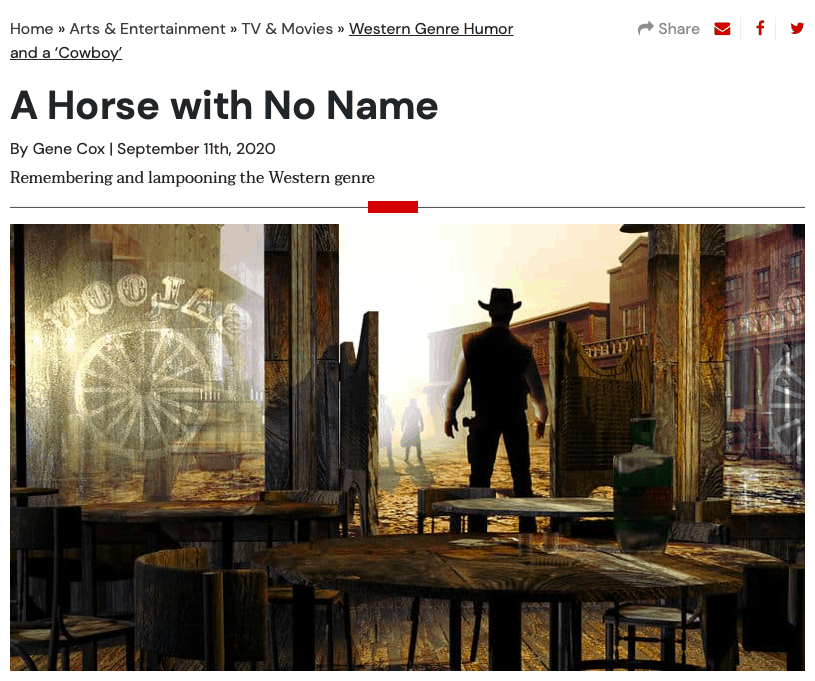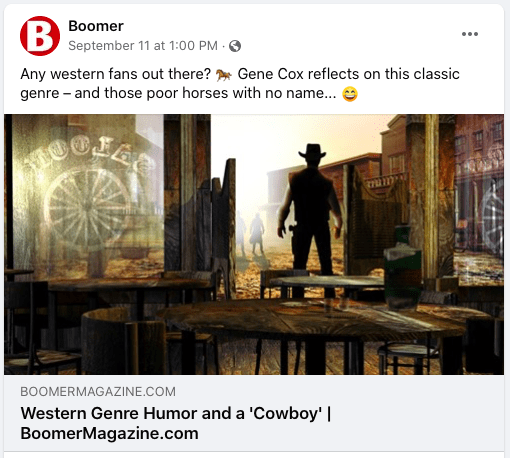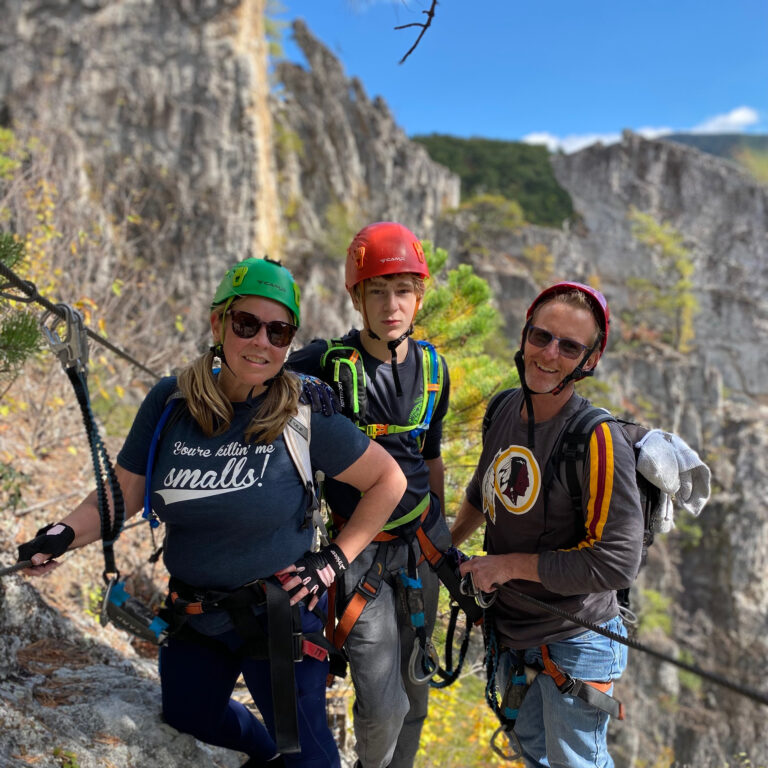A blog title, like a book cover, is usually the first thing a potential reader sees. Sure, we’re told not to judge a book by its cover, but you know we all do! First impressions matter, and your blog title is that first impression. To get more engagement on your website, learn how to write brilliant blog titles.
Two Audiences
 I came to blog writing from editing and writing for magazines – those seemingly fading paper magazines we once held in our hands! Titles could be fun and clever. After all, the subtitle and the images on the page provided context, and search engine optimization was irrelevant. Clever headlines haven’t died off entirely, but pragmatism has risen to the helm.
I came to blog writing from editing and writing for magazines – those seemingly fading paper magazines we once held in our hands! Titles could be fun and clever. After all, the subtitle and the images on the page provided context, and search engine optimization was irrelevant. Clever headlines haven’t died off entirely, but pragmatism has risen to the helm.
In writing a blog and its title, you need to appeal to both human readers and search engines. Blog posts typically have two separate titles. The post or page title is positioned to capture human readers’ attention. The second, the SEO title, captures search engine attention. (If you have access to a page’s html code, you’ll see this as your <title> tag.)
I’ve seen these titles appear in different ways on different websites.
The page title, like a headline, displays on the website, where the reader has the context of pictures and a subtitle, like in a print magazine. In that case, the title can be clever and creative to appeal to humans.
The SEO title, on the other hand, is typically part of the slug (the words in the URL, such as http://www.yourwebsite.com/the-slug-article-title).
Titles appear other places, too: on search engine results pages (SERPs) and in social media posts. These offer little context to the reader, except the smaller font of the meta description and possibly a picture on social media.
In the examples below, you see that the page title is different from the SEO title (i.e., URL and slug), as marked in the breadcrumb at the top of the image. You’ll also see that the SEO title appears on SERP and in a social media post. Thus, this SEO title needs to connect with both readers and search engines. It needs to balance creativity and practicality.



Make sure you know where your titles appear so you can craft them appropriately.
Capturing both audiences as you write brilliant blog titles
Your titles provide the best opportunities to capture readers, promising them content they want to read.
To write brilliant blog titles, be sure that they:
1. Are descriptive
The working title that you used in writing the blog is a good place to start. It provided a statement of the article’s theme, what it was about. But then you’ll want to craft the headline, like shaping a piece of clay into a work of art – a useful work of art, like a bowl or platter.
2. Are engaging
For readers to click on a link, the headline has to draw them in. It has to be useful and compelling to the reader. Using second-person you, your, etc. helps to personalize the title to address the reader directly. When appropriate, the title should also be actionable, something the reader can do.
For example:
- Good: Plant a garden with native plants
- Better: Plant your garden with colorful, easy-to-grow native plants (personalizes with your and adds words that further appeal to the reader)
Another example:
- Good: Cook a pot roast
- Better: Cook a post roast that makes your guests say “Wow!” (personalizes and offers an attractive vision to the reader)
And:
- Good: DIY switch plates
- Better: DIY switch plates add color and style to your home (added appeal to making DIY switch plates)
How-to articles, tips, tricks, lists, numbers, and questions often attract reader attention, too. For example:
- How to Overcome Fear and Anxiety
- 5 Tips for Making Fabulous French Toast
- 10 Tricks for Remembering Customers’ Names
- Can You Pack for a Two-Week Trip in One Suitcase?
When people click on your titles, not only do they go to your website, they’re increasing your click-through rate. Search engines use the CTR to determine your site’s relevancy for a given search keyword, thus boosting the site’s rank.
Social media users often comment or share a linked article post without actually reading the article, which highlights the importance of the title. Even if that person doesn’t take click on the link, their followers might, making a share worthwhile.
3. Contain keywords
Relevant keywords are essential for getting search engines to correctly classify your articles and include them on SERPs. And, of course, to attract readers.
4. Are accurate
Sure, a clickbait title might get people to click on the link and land on your site. Woo-hoo! But if the title doesn’t match the content, they won’t stay for long. They’ll be irritated that the title deceived them and might vow never to return!
Such user behavior hurts your search engine rankings, too. Search engines judge a site by noting the bounce rate and time on site, not just the number of visitors.
Search engines also rely on the page title when ranking, assuming it indicates what the post is about. If they detect a disconnect between title and content, your site may be penalized.
But there’s another reason to embrace accuracy: it attracts a better-qualified audience. If the clickbait title promises “The Scoop on Why Celebrities Are Quitting Facebook,” you will attract celebrity watchers. But if you’re a social media manager and the accurate title is “How Local Newscasters Use Social Media to Improve Ratings,” you’re more likely to attract readers who could be interested in your services.
5. Short
Or at least, not too long. A general rule of thumb is eight to ten words – below the 70-character Google display limit. Users on SERPs and social media pages often skim the page, so you’ll want to pull them in quickly!
Experience will hone your ability to write brilliant blog titles, but you can learn from exploring other blogs, too. Take note of titles that capture your eye, make you smile, and deliver what they promise.
And for business needs such as web ads, targeted media promotion, social media strategy, and more, let Ross Media Solutions be your partner. RMS has been producing niche media and digital marketing for 20 years and is eager to take your business to the next level.



